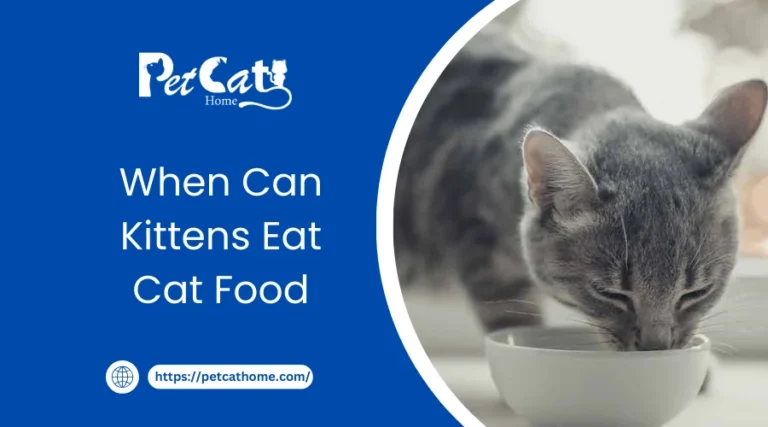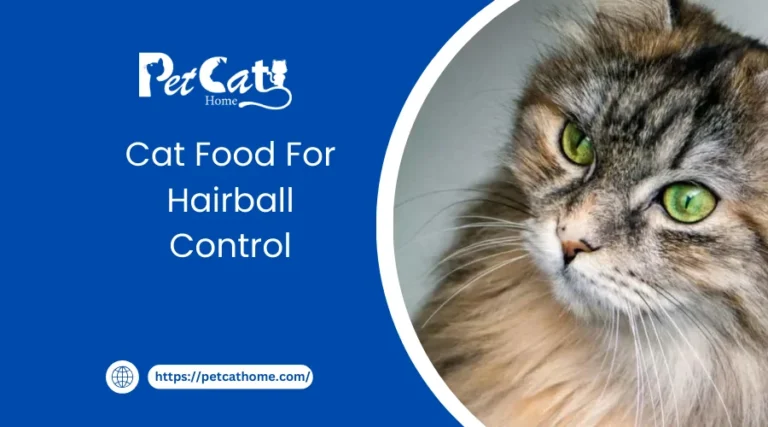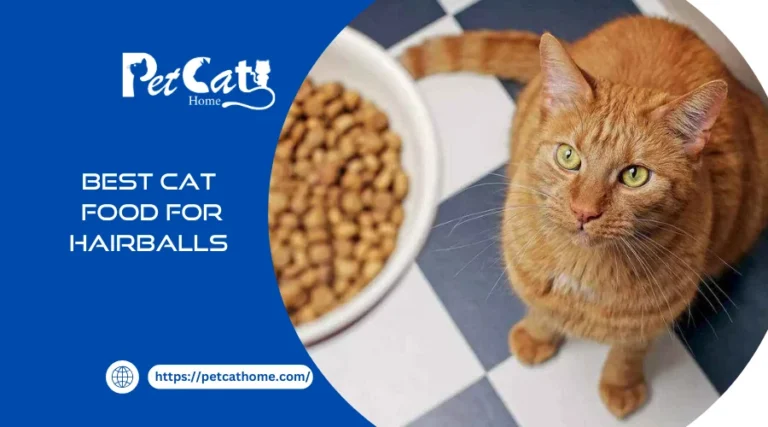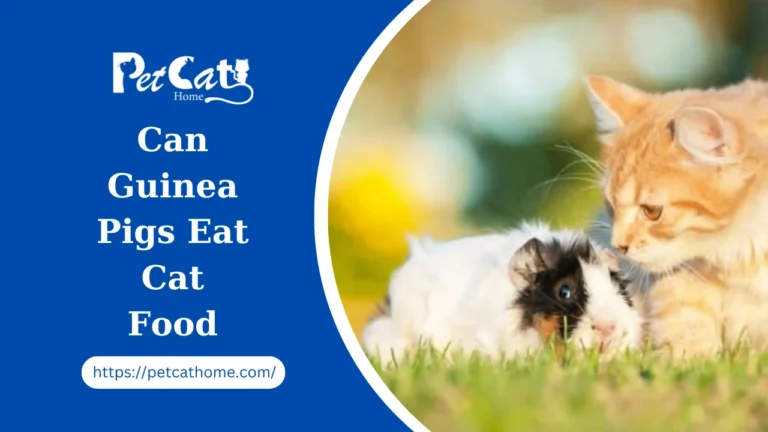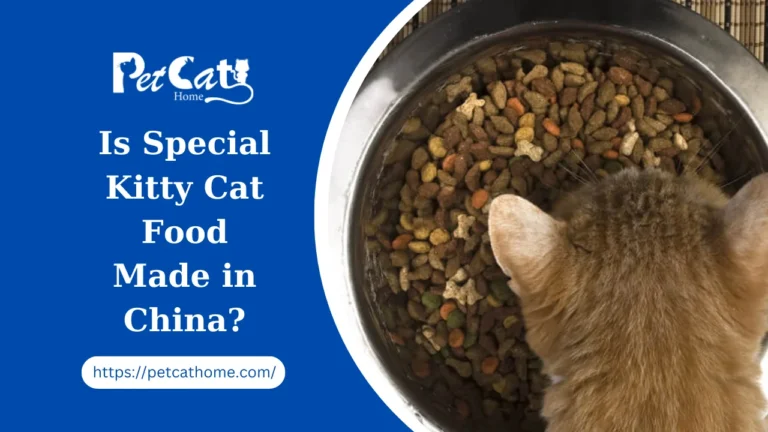How to Keep Cat Food Away from Dog
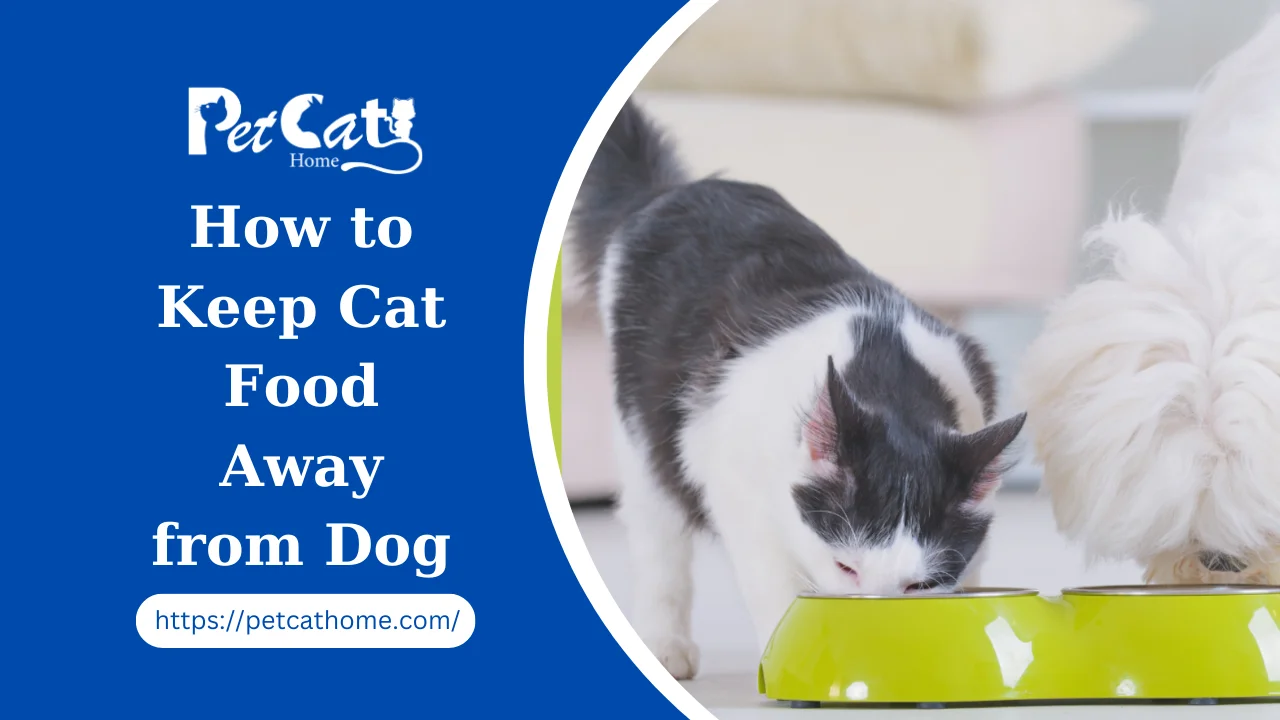
Taking care of the opposing food preferences of a dog and a cat can be a great joy when they move into the same home. To ensure that your dog and cat coexist together, we will look at doable fixes and professional guidance in this post on keeping cat food away from your dog.
Understanding the Dynamics
Dietary Disparities
It can be challenging to balance a cat’s and a dog’s nutritional needs. Look at ways to reduce conflicts linked to food while customizing their diets independently.
Distinct Feeding Spaces
To reduce territorial clashes, assign your dog and cat specific spots to eat. Find out how to set up accessible yet separate areas for them to eat.
Deterrent Techniques
Learn useful deterrent tactics to stop your dog from stealing food from the cat’s bowl. Discover what works best for your pets, from creative feeding options to training techniques.
Designing Separate Meal Plans
Customized Meal Plans
Examine the significance of creating individualized diet regimens for your dog and cat. To ensure that each of them receives the nourishment they require, learn how to accommodate their unique nutritional needs.
Scheduled Feeding Times
Set up a regimen for your dog and cat by giving them fixed meal times. Learn how having a regular schedule helps avoid arguments over eating.
Supervision and Training
Recognize the importance of training and monitoring in reducing your pooch’s food-related behaviour. Learn professional advice on efficient training methods and positive reinforcement.
Implementing Practical Solutions
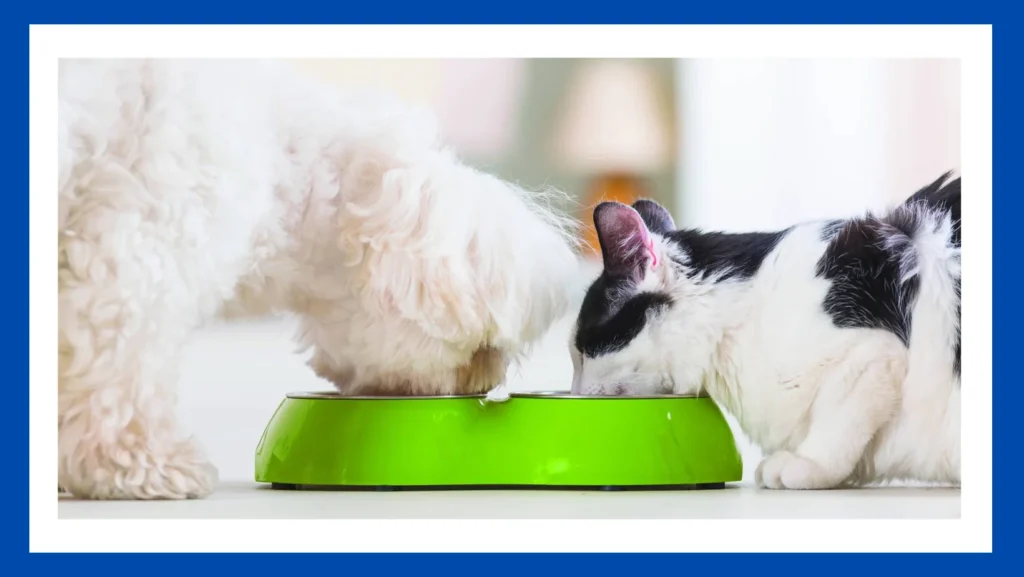
Automatic Feeders
Consider the ease of using automatic feeders to schedule your pets’ meals. Find out how innovative technology can help your cat and dog live in harmony with one another.
Elevated Feeding Stations
Learn about the advantages of raising your cat’s feeding stations. Recognize how this easy modification may keep dogs away and give your cat a secure place to eat.
Utilizing Pet Gates
Discover how to construct physical barriers with well-placed pet gates so that your dog cannot access your cat’s food.
How to Keep Cat Food Away From a Dog
It can be challenging to feed your pets separately if they belong to different species. Here are four suggestions for keeping your dog away from cat food.
Cat food producers make sure their goods smell strong enough to attract cats, but dogs may find these scents too alluring.
Your dog will probably go crazy for this delicious feline food if it gets a chance to try it.
Don’t worry, though; your dog won’t suffer from eating a little cat food. Just watch out that this is only an occasional sinful pleasure, as a dog may become diarrhoea from eating too much cat food.
Owing to their differing nutritional requirements, dogs and cats shouldn’t be fed cat food daily. Not to mention that your cat will go hungry as your dog gains weight.
How to Keep Cat Food Away From a Dog
Follow these 4 tips to keep the cat food away from a dog:
1. Don’t free-feed your cat.
Rather, feed the cat at roughly the same time every day, just like a clockwork. Your cat will be more excited to eat as a result. Additionally, it strengthens your bond your your pet.
Once the cat finished eating, remove the food dish. Cats become excited about getting food once they realize it won’t be left out all day.
Not to mention, as we cover in another article, “Why Endless Feeding May Put Your Cat’s Health at Risk,” allowing a cat to graze on food all day can occasionally be unhealthy.
2. Put your cat’s food somewhere your dog can’t reach.
Place it high up on a tall kitty post, for instance, or even in a different room of your house.
A [easyazon_link identifier=” B00VIXRB6O” locale=” US” tag=”p51capital07-20″] could be something to look into. automatic cat food feeder [easyazon_link], provided you can locate it high enough so your dog can’t reach it.
[Amazon Image] align=”center” height=”500″ Identification: “B002VLR6JE” src=”https://images-na.ssl-images-amazon.com/images/I/51pNmcs1zWL.jpg” tag=”p51capital07-20″ locale=”US” width=”500″]
3. Consider investing in a pet gate.
Because the cat can easily jump over it, this will keep your dog away from the cat’s eating area and lessen the need for you to keep watch.
The [easyazon_link asin=”B002VLR6JE”] is exactly what I like. locale=”US” tag=”p51capital07-20″ new_window=”default” nofollow=”default” cart_add_to=”default” cloaking = “default” popups=”default” localization=”default”]Strong enough to keep dogs out, the Dreambaby Chelsea Extra Tall Auto Close Security Gate[/easyazon_link] also keeps humans safe. It also stands about forty inches tall.
4. When all else fails, it may be time to get a little mean.
Holding a water spray bottle, watch for signs of your dog consuming the cat food.
Say “No!” and swiftly shoot one or more shots straight at the dog (or shake a can full of change) as soon as you see this happening.
The dog normally quits instantly as a result. To ensure that the dog understands completely what the big no-no is about, make sure you only chastise them when you catch them in the act.
That’s all there is to it when it comes to keeping cat food away from dogs.
All you need to do to ensure your dog is healthy and your cat is content is to keep their food and feeding areas apart.
How to Keep Cat Food Away From Dog? The 7 Solutions
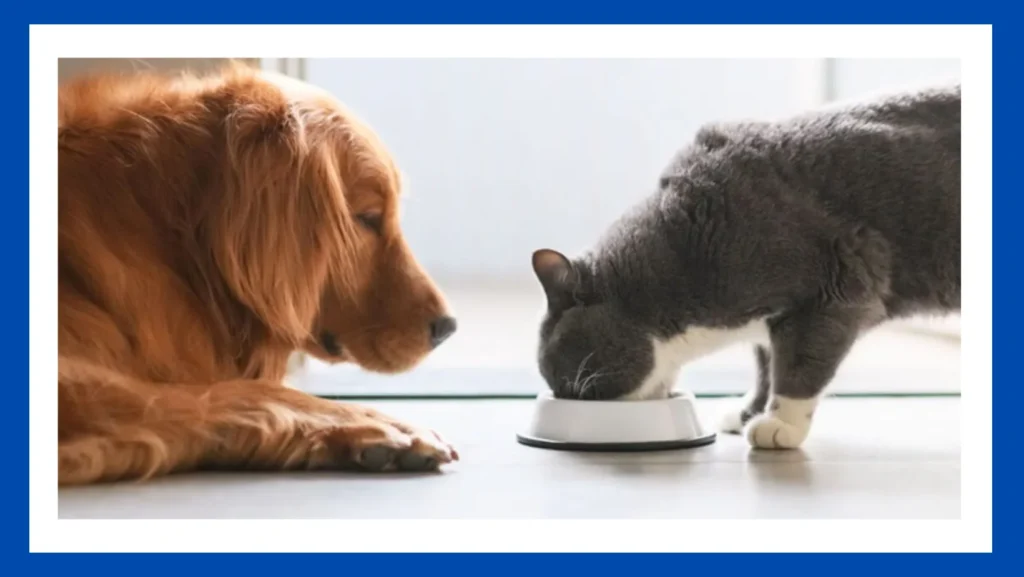
Although having a multispecies family is incredibly enjoyable, there are many difficulties involved. For instance, attempting to get everyone to finish their food is one of the most frequent problems owners deal with.
So why does it matter?
It’s a frequent misconception that dogs and cats have similar food requirements because they are both carnivores. So let’s investigate that a little further.
Cats
Because they are obligate carnivores, cats require a diet high in animal proteins. They are not meant to use plant proteins in their digestive systems.
As a result, a diet heavy in plant proteins or carbs does not provide them with enough nutrients. Taurine, an amino acid mostly present in fish, meat, and eggs, is one of the most vital elements of a cat’s diet.
Cats who don’t get enough taurine in their diet will suffer from a variety of health conditions, such as blindness, intestinal disorders, heart weakness, and finally, death.
Dogs
Canines are not meat eaters. They can digest and use nearly all of the plant-based proteins and nearly all of the carbs they eat, unlike cats. Cat food often has higher levels of fat, calories, and protein than meat.
While dogs can exist on cat food, there are drawbacks to this nutritional imbalance. The first one is probably going to be a high-fat meal that upsets your stomach, causing diarrhoea or vomiting.
Over time, if a dog is fed cat food, they may gain weight, and as we all know, obesity may lead to a variety of health issues.
There are a few additional things to think about in addition to dietary restrictions. First of all, it makes sense that animals will defend their food supply since it is a valuable resource for all living beings.
As we can see, switching diets isn’t a smart idea in any case, but typically dogs don’t leave their food out long enough for the cat to smuggle in some. We are concentrating on methods to prevent dog paws from getting on cat food because of this.
So, How to Keep Cat Food Away From Dog?
There are several approaches to try; I recommend attempting the following ones.
1. Train The Dog
Training your dog is the first thing you should attempt. I realize it’s easier said than done sometimes. It depends on the dog’s personality and life stage, but certain dog breeds are more likely to be motivated by food.
To determine whether your dog would benefit from this method, you should attempt two very simple tasks. Initially, you should chastise your dog for sneaking a nibble and teach them to “leave it.”
It should be easy for you to determine if training is going to be beneficial for your dog. Some dogs learn that it’s inappropriate because their only goal in life is to please their owners. Most, if not all of them, are probably going to discover The smell of cat chow is just too enticing to refuse.
2. Set Meal Time
Establishing meal times with the furry family is the next strategy to try if training isn’t going to be effective for you. Although it is good for cats as well, this kind of feeding plan is most frequently employed for dogs.
Many cats, nevertheless, may have different ideas. It’s not always feasible to have set mealtimes for cats; some would rather graze all day long than consume substantial meals at once.
Although it may not be the most natural manner for cats to eat, many of them are accustomed to it and have good self-control over how much they eat.
3. Place Cat Food Bowl Higher
Shifting the cat food bowl to a higher, out-of-reach location is one of the most popular ways to keep it safe. While some dogs are quite tenacious, this isn’t always a surefire remedy, for the most part, it’s an easy fix.
Furthermore, some shelves are specifically made with slots the size of cat bowls cut into them. You can simply just place the plates on the kitchen counter to prevent them from sliding around and slipping off the edge.
4. Use Dog/Baby Gate
Some pet owners choose to keep a room closed off from the dog; a baby gate is frequently used to do this. Nonetheless, the majority of cats are sufficiently slender to fit through the openings or leap over the edge. This is a smart idea as well because it gives the cat a private, quiet area away from the dog in case they need it.
5. Install Door Straps
If the thought of a baby gate bothers you, door straps (which resemble the ones utilized to keep kids away) are an option.
These only permit a door to open to the extent necessary for the cat to fit through the opening; yet, this merely serves to discourage larger dogs.
Are There Any Simpler Solutions?
For many people, cutting holes in walls and blocking off sections of the house are impractical options. Thankfully, a variety of items are available that provide easier or less invasive alternatives.
6. Get a Microchip Feeder
I’ll show you a microchip feeder; only the animal whose microchip is linked to that specific feeder may open this computerized food dish. Although they can take some getting accustomed to, these are usually quite useful.
It’s important to remember that they are somewhat expensive and that a larger or more mischievous dog could be able to get inside of them.
For them to work, your cat must also have a wearable collar—a microchip.
7. Make a Dog Proof Feeding Box
Lastly, I recommend a feeding box that has been properly made; there are three different kinds to choose from. The first type of box is called a top entry box because it has a hole at the top through which the cat can enter to get the food.
Some cats may need some time to become used to this, and older or tiny kittens may not be the best candidates. The interior corner of the second type of box is integrated. This implies that to get to the meal, they must enter the box and turn the corner.
Once more, they keep the dog from poking its head inside. The final one is a long, straight box with a drilled hole in it and a bowl positioned at the end that most breeds cannot achieve.
Preventing Cats from Eating Dog’s Food – Tips and Tricks
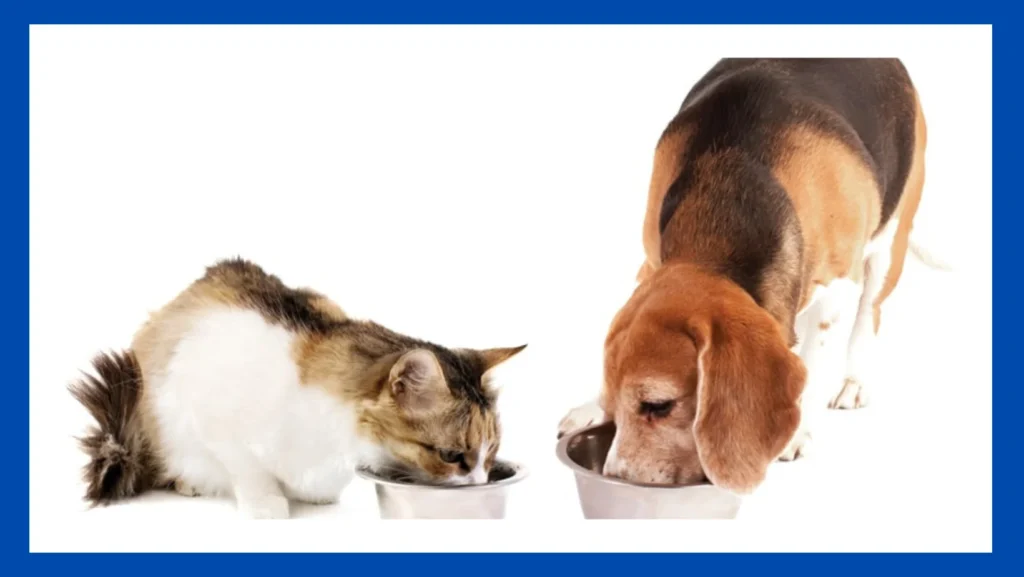
It is not unusual to see a dog nibbling on a bowl of cat food. Since dogs and cats have distinct nutritional requirements, it’s crucial to feed them separately. Dog owners frequently encounter the difficulty of preventing their pets from accessing the cat’s food. Thankfully, there are a few easy and useful tactics that can come in handy here.
1. Feeding Schedule
Following a rigorous feeding schedule for both creatures is one of the best methods to prevent cat food from getting into the hands of dogs. Feeding cats is possible in a different room with a closed door. By doing this, any potential conflicts between the two animals are avoided and it is made sure that the dog cannot access the cat’s food. To deter the dog from scavenging, follow the feeding schedule and take out any food that remains after each meal.
2. Elevated Feeding
Raising the cat’s food bowl is an easy way to keep it out of a dog’s reach. Look for a high place where the cat can eat comfortably and the dog can’t get to it, like a countertop or a cat tree. This will make the dog less likely to try to get to the food and ensure that the cat has a secure and tranquil mealtime.
3. Training and Distraction
Although it can be difficult, you can teach your dog to avoid the cat’s food. Apply positive reinforcement strategies, including rewarding the dog with treats or praise when it behaves well and refrains from trying to get to the cat’s food. To keep the dog occupied and busy and reduce the likelihood that they will concentrate on the cat’s food, you should also give them lots of toys and mental stimulation.
You may prevent your dog from enjoying a meal that is not intended for them and make sure that your cat’s food is only used for them by putting these tactics into practice. It’s crucial to keep in mind that dogs and cats have different nutritional requirements, and giving them the right food will improve their general health and well-being.
Reasons to Keep Cat Food Away From Your Dog
Dogs may find cat food to be quite tempting, but it’s best to keep it out of their reach. These are some of the causes:
- Differing Nutritional Needs: Dogs and cats demand different diets. Cat food is specially made to satisfy their unique requirements, which include greater protein content and a few key nutrients. Giving your dog or cat food might result in nutritional imbalances and long-term health issues.
- Digestive Problems: Dogs may have trouble breaking down the high protein and fat content of cat food. Dogs who eat a lot of cat food may experience diarrhoea, upset stomach, or even pancreatitis. It is advisable to adhere to a diet created especially for your dog’s requirements.
- Obesity: Compared to dog food, cat food frequently has more calories. Regular feeding of food to your dog or cat might result in obesity and weight increase. Your dog’s lifespan may be shortened by obesity, which can also cause health problems including heart failure and diabetes and strain their joints.
- Allergies: Dogs may become allergic to gluten or fish, two components commonly present in cat food. Symptoms of allergies include gastrointestinal issues, skin rashes, and itching. It’s critical to maintain your dog’s diet free of any possible allergies.
- Reduced Appetite for Dog Food: If your dog becomes accustomed to eating cat food, they can start to prefer it to what they normally eat. This may result in malnutrition and a diminished desire for food.
The Risks of Dogs Consuming Cat Food
Dogs can face several problems when they consume cat food because their dietary needs are different from cats’. The following are some possible issues that may occur if dogs consume cat food:
- Imbalanced nutrition: Cat food is formulated to meet the specific nutritional needs of cats, which differ from those of dogs. It is higher in protein and fat and lower in carbohydrates. Feeding cat food to dogs can result in an imbalance in their nutrient intake, leading to various health problems.
- Weight gain: Cat food is often higher in calories than dog food due to its higher fat content. Regularly consuming cat food can lead to weight gain and obesity in dogs, especially if they are not getting enough exercise. Obesity is associated with various health issues in dogs, such as joint problems, heart disease, and diabetes.
- Digestion problems: Dogs may experience gastrointestinal distress as a result of the distinct nutritional makeup of cat food. This may result in symptoms like flatulence, diarrhoea, and vomiting. When fed cat food, dogs with stomachs that are tender may be especially likely to develop digestive problems.
- Urinary issues: Compared to dog food, cat food has a higher concentration of several nutrients, such as magnesium. This may raise the dog’s risk of urinary problems, such as urinary tract infections or the development of bladder stones.
- Allergies and sensitivities: Certain components, including fish or chicken, that are frequently included in cat food may cause allergies or sensitivities in certain dogs. These dogs may experience allergic responses after eating cat food, which could result in symptoms including rashes, itching, or digestive distress.
Given these dangers, it’s critical to keep dogs away from cat food in order to protect their health and welfare. To reduce these possible problems and avoid unintentional consumption, keep cat food out of the reach of dogs and separate their eating sites.
How to Keep Cat Food Away from Dog
FAQs
Can I make mealtimes easier by feeding my dog and cat the same food?
Customized feeding is essential for every pet, even though it’s convenient. Speak with your veterinarian to develop customized meal programs.
Can my dog be trained to ignore the food that the cat is eating?
It is possible to teach your dog to respect the limits surrounding the cat’s feeding area if you provide them with consistent training and positive reinforcement.
Do automatic feeders provide a decent way to avoid disagreements over food?
Automated feeders have the potential to minimize conflicts and control meal times. Select a model that meets the demands of your pets.
Is it a good idea to feed my pets in different rooms?
It is possible to reduce territorial disputes and encourage harmonious mealtimes by establishing distinct feeding areas, even inside the same room.
How do I deal with rivalry or jealousy between my dog and cat?
Give both pets the same amount of time, affection, and playtime. Encouraging a balanced atmosphere might help lessen competition and jealousy.
Conclusion
Careful thought and deliberate planning are necessary to maintain a delicate equilibrium between a dog’s and cat’s nutritional requirements. Together, your dog and cat can live in harmony if you put the suggested ideas into practice and learn to read the behaviors of your pets.
